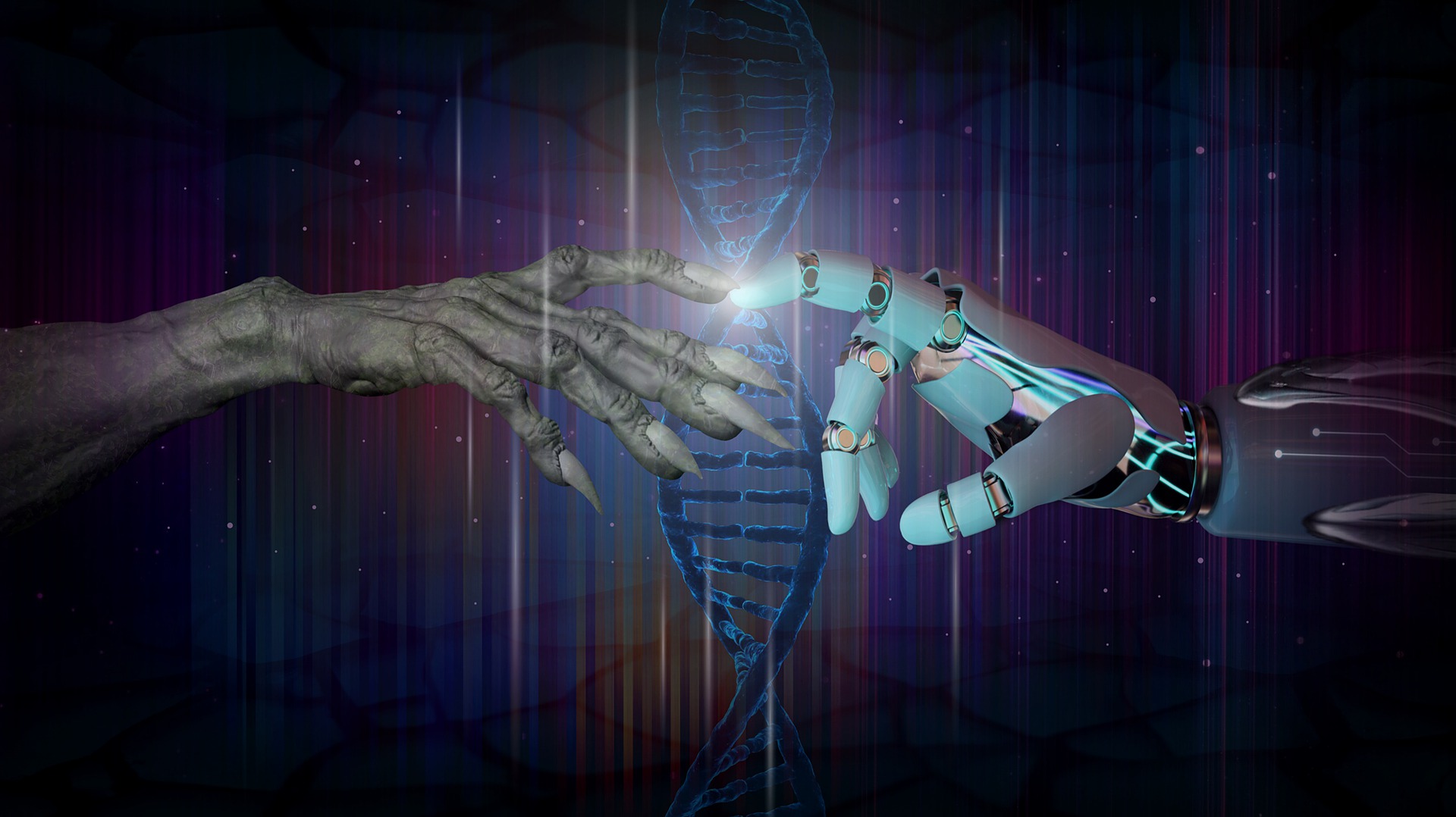Mood Disorder
Depression in childhood and adolescence
Published
3 years agoon
Researchers have begun to learn more about the nature of mood and emotion deficits in both major depressive disorder and bipolar disorder. A number of studies have shown that individuals with depression shown fewer positive facial expressions and report experiencing less pleasant emotion in response to pleasant stimuli compared with individual without depression. Using a psychological method called electro cortical potential, Deldin and colleagues found that depressed individuals responded less to positive (but not negative) stimuli than did individuals without depression.
There are similarities and differences in the symptomatology of children and adults with major depression. Children and adolescents ages even to seventeen resemble adults in depressed mood, inability to experience pleasure, fatigue, concentration problems, and suicidal ideation.
Symptoms that differ are higher rates of suicide attempts and guilt, among children and adolescents and more frequent walking up early in the morning, loss of appetite, weight loss, and early morning depression among adults. As in adults, depression in children is recurrent, longitudinal studies have demonstrated that both children and adolescents with major depression are likely to continue to exhibit significant depressive symptoms when assessed even four to eight years later. Estimates of the prevalence of the childhood depression vary depending on the age of the child, the country being studied, the type of samples the diagnostic criteria, and the methods used to make the assessment.
Sometimes depression often called “masked depression” is inferred from behaviors such as acting aggressively or misbehaving that would not in adults, be viewed as reflecting an underlying depression.
Indeed, the genetic data on adults naturally apply to children and adolescents, since genetic influences are present from birth. Studies of depression in children have focused also on family and other relationships as sources of stress that might interact with biological diathesis. Having a mother who is depressed increases the chances of being depressed as a child or adolescent; less is known about the influence of fathers or the reasons for these linkages. Depression in either or both spouses is often associated with marital conflict, depression will have negative effects on the children in a household, and it does.
Depressed children and their parents have been shown to interact with each other in negative ways, for example, showing less warmth and more hostility toward each other than is the case with run depressed children and their parents. Children and adolescents experiencing major depression also have poor social skills and impaired relationships with siblings and friends. This behavioral patterns are likely to be both a cause and a consequence of depression.
Depressed youngsters have fewer and less satisfying contacts with their peers, who often reject them because they are not enjoyable to be around. Consistent with both Beck’s theory and the learned helplessness theory of depression, cognitive distortions and negative attributional styles are associated with depression in children and adolescents in way similar to what has been found with adults. For example, cognitive research with depressed children indicates that their outlooks (schemata) are more negative than are those of no depressed children and resemble those of depressed adults. Some research indicates that cognitive distortions in children may be a reflection of depression rather than a cause. Additional research that incorporates knowledge about children’s normal cognitive development will prove beneficial for discerning the role of cognitive factors in childhood depression.
Hi, I’m Aarti, My Psychoanalytical approach towards my clients is to empower them to better their lives through improving their relationship with themselves. I believe shame and guilt is a common barrier to change. I aim to guide my clients through re authoring their narratives where shame, guilt, and other problems have less power and take up less space.



